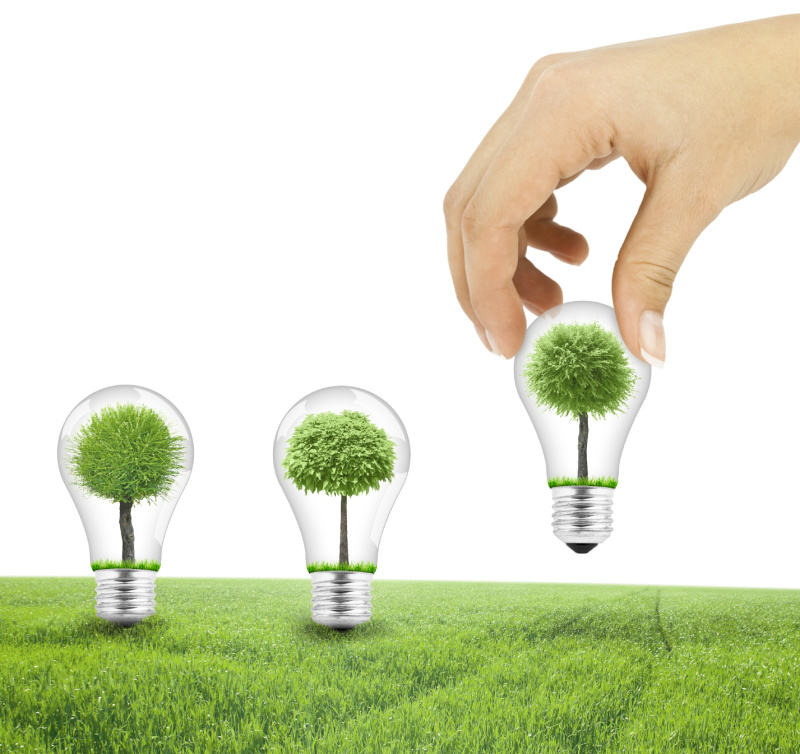Budget Boosting Idea: Save Money on Utilities
“Cut Your Budget!”
This popular mantra that demands people save money by spending less, often on “non-essential” items like daily $5 coffee breaks, twice-weekly dinners out, and “must-have” clothing and shoe items.
But once you’ve cut all the non-essentials, once you’ve whittled down your budget to just the basics, what then?
While it is impossible to “cut out” the essential costs of living like food and shelter, aside from making major lifestyle changes such as downsizing your home or getting a new job or car, it is possible to optimize the costs of them.
Couponing is one way to do this.
So is energy conservation.
Rather than “cutting” your budget in these categories, “boosting” it by getting the same (or more) for less, is the best way to live in a financially frugal manner without really missing out on anything.
In fact, it is possible to reduce your “essentials” column by hundreds or thousands of dollars each year by making a series of simple changes. Read on for a list of lesser-known, but equally-effective ways to boost your utility budget and save money.
Conservation Counts – How to Use Less Without Sacrifice
The Green Living movement has made the effort to conserve natural resources and use less much easier in recent years. From upgrading to more efficient LCD or CFL lightbulbs to switching to Energy Conservation Secondary Glazing Units, the little choices we make regarding energy consumption can certainly help make both our budget and the planet happier.
However, aside from the standards, consider these more creative ways to easily reduce your energy consumption:
- Don’t pre-rinse your dishes.
Modern dishwashers are far more powerful than models from even 10 years ago. They are designed to wash away food residue and leave everything sparkling clean. Plus, according to Florida Power & Light, eliminating the pre-rinse step can save up to $70 per year. - Get a programmable thermostat.
We all know those people who are strict guardians of the thermostat. However, it takes constant diligence and a strong constitution for heat and cold to do this manually. Lucky for the modern homeowner, a programmable thermostat offers many of the same benefits with less guarding and messing with dials. Seasonally setting a thermostat to automatically change at night or when everyone is at work or school helps maintain home temperature and, according to the EPA can save upwards of $180 per year. - Add seasonal insulation. Thermal Imaging for Insulation Checks can help identify areas where energy is being lost due to inadequate insulation, air leaks, and other issues.
During the cold months, keeping heat inside, like the service offered on our website, is the best way to reduce energy costs. Adding an insulator film kit, used on windows and unused, helps to trap heat inside and reduces the amount of heat lost, thus reducing energy costs. Use Cavity Wall Insulation Cost Calculator to estimate your spending. These kits range in quality, but mid-range shrink wrap window film kits generally cost less than $20 each and can improve heat loss by up to 50%.
Set It and Forget It – Easy Ways to Save that You Never Need to Think of Again
In addition to daily or seasonal actions designed to reduce your usage, there are many additional ways to save on energy costs that are “set and forget”. In other words, take the time now to make these alterations or upgrades and save into the future.
- Turn down the water heater.
Setting your water heater to 120 (as compared to 140 degrees or more) not only prevents scalding, but saves between $36 and $61 annually, according to the EPA. - Prevent drafts.
The small spaces between windows and doors may not seem like a big deal, but, according to the EPA, when added up, these leaks allow the airflow equivalent of leaving one window open all year long! Using simple expanding foam or caulk, seal the spaces around windows and doors, at the top of each basement wall, and around the pipes and cables going into and out of the home to prevent this. - Paint your roof white.
This one is a little out there and only good in warm climates, but hear me out: according to a study conducted by Lawrence Berkeley National Laboratory’s Heat Island Group buildings with white roofs use 40% less energy than those with black or dark-colored roofs. As per Top Notch Roofing, in a residential home, this could equate to up to $100 per year savings on cooling costs and isn’t even that expensive. In fact, a white, elastomeric coating is all you need. As a bonus, this type of coating is waterproof, thus extending the life of your roof. - Meanwhile, if you’re considering replacing your roof, exploring the numerous roof benefits of asphalt shingles is a wise step. You might also want to compare the difference in cost between a metal roof and asphalt shingles and other details that are similar.
**What other unique ways have you used to cut energy costs?**


